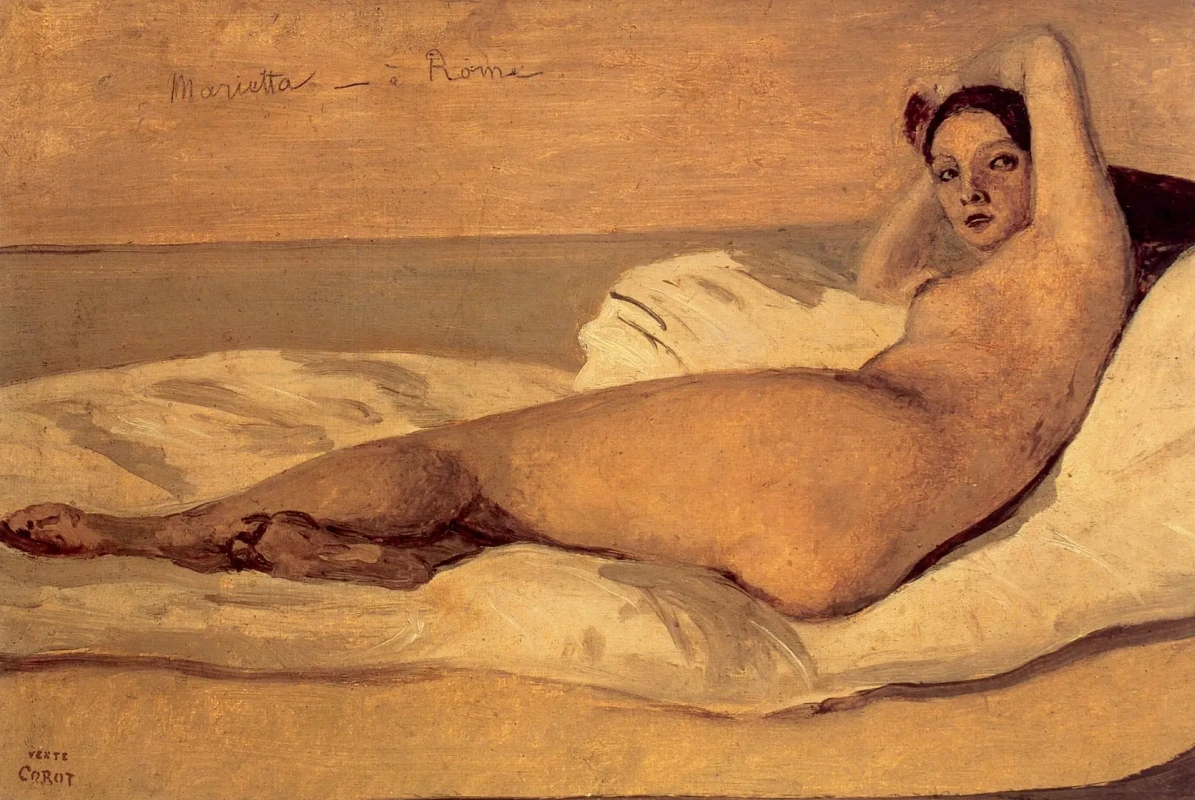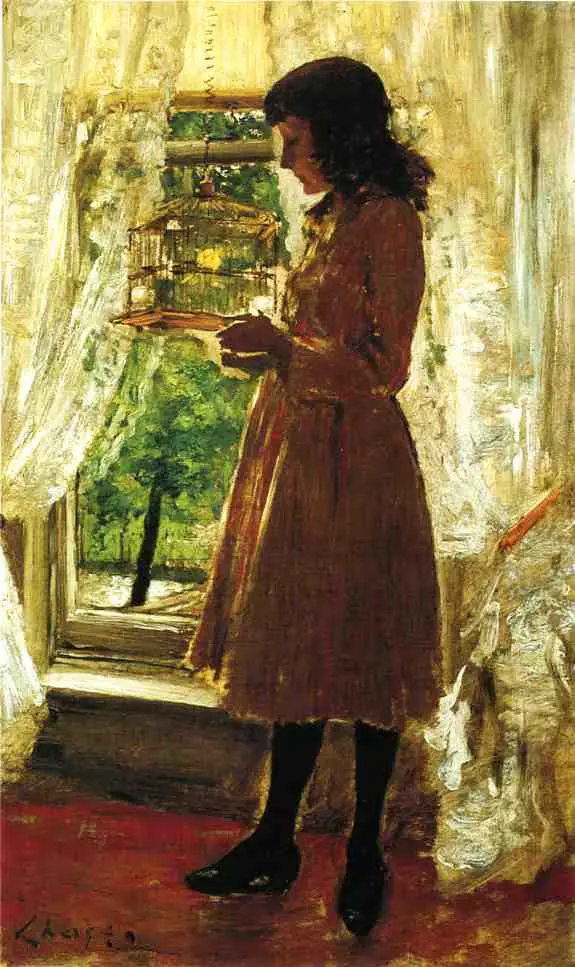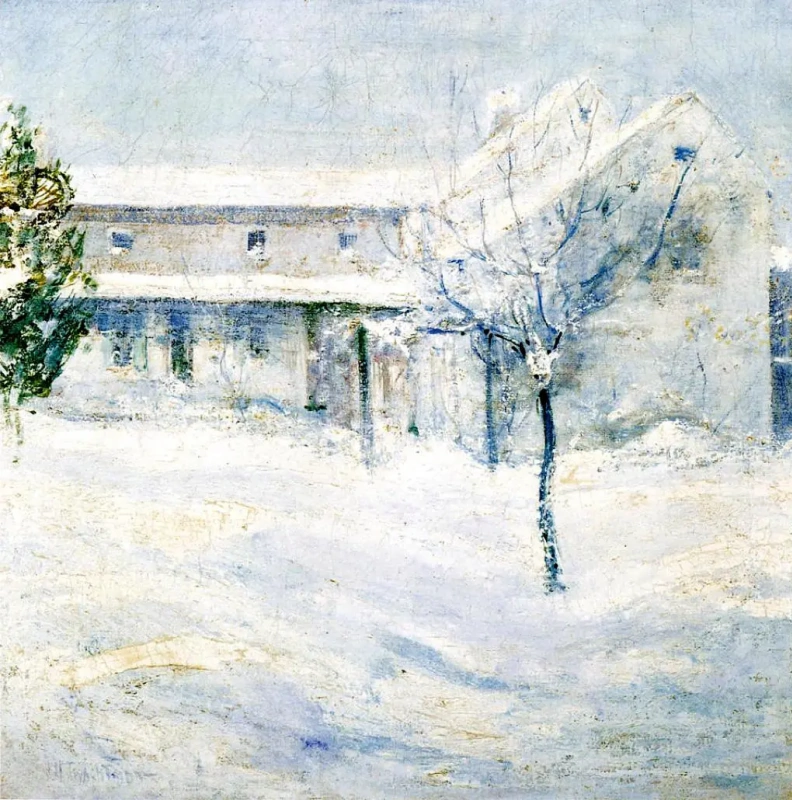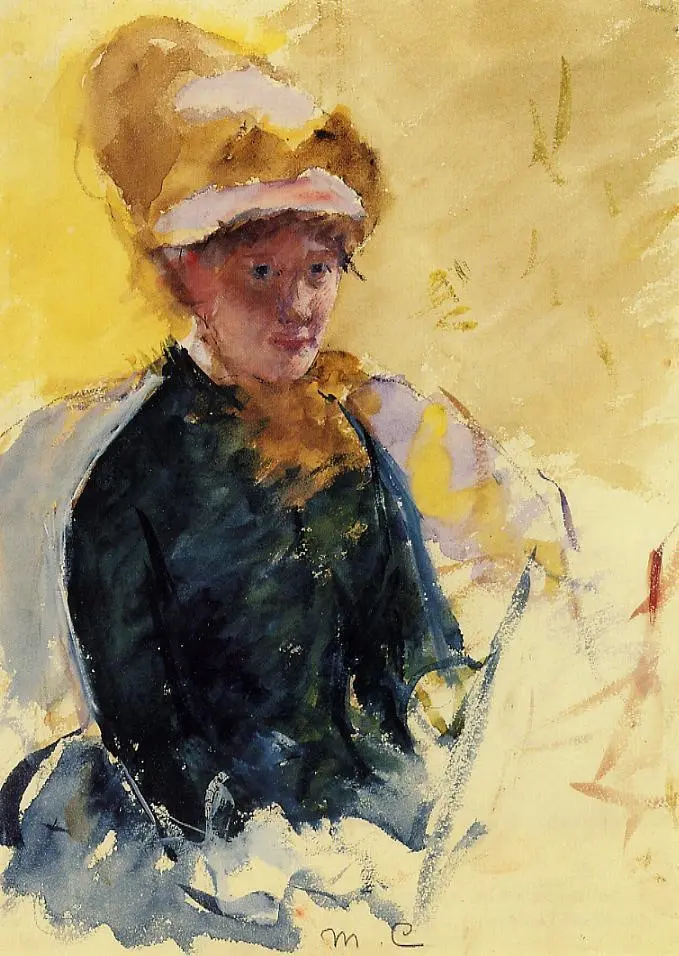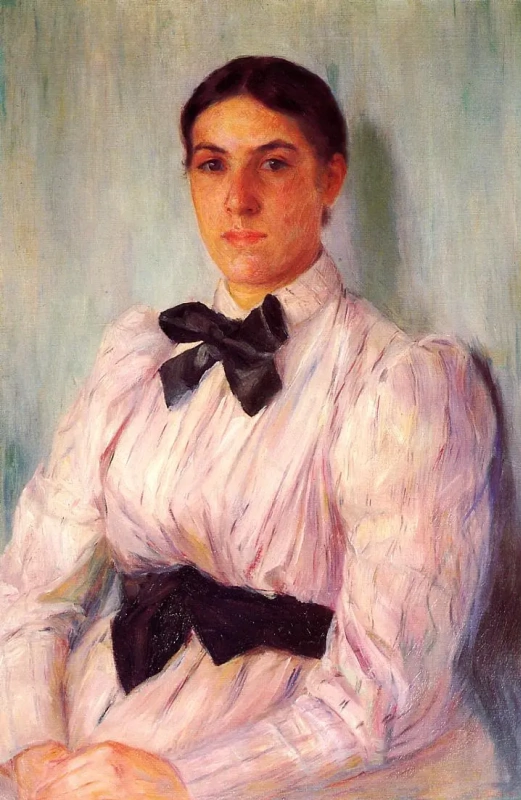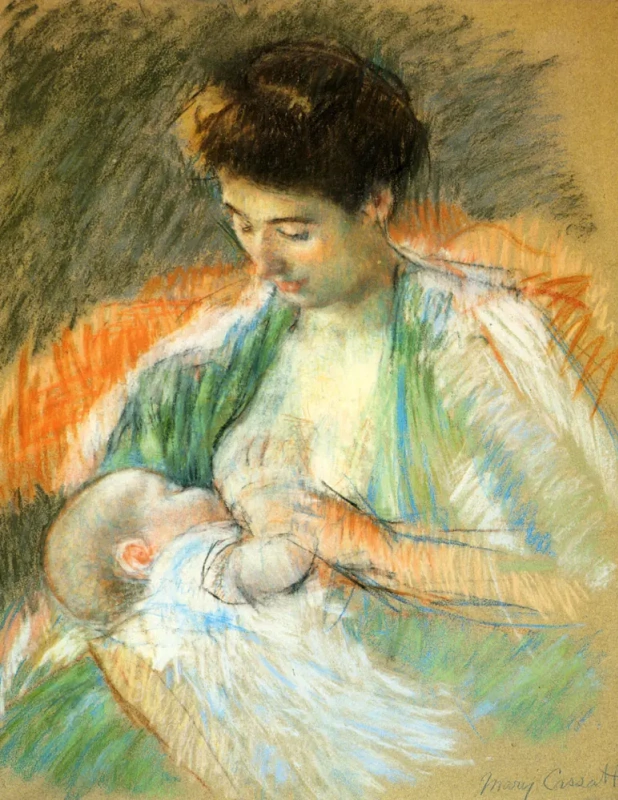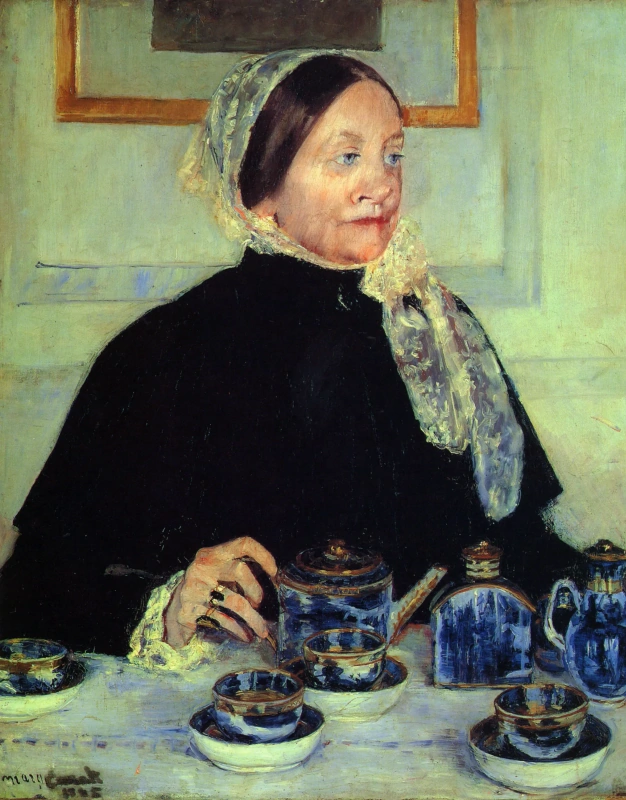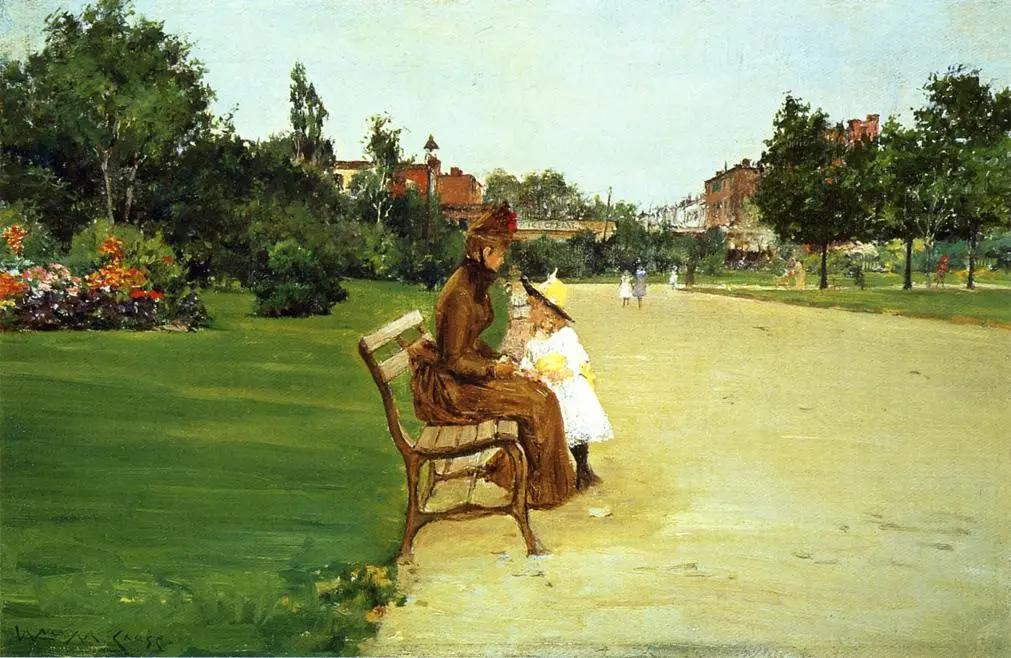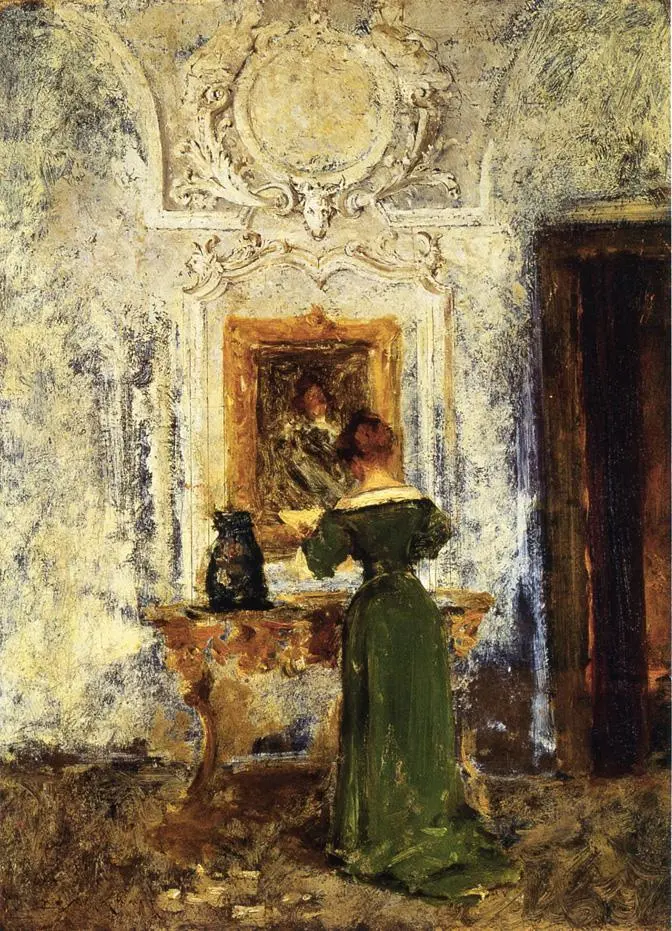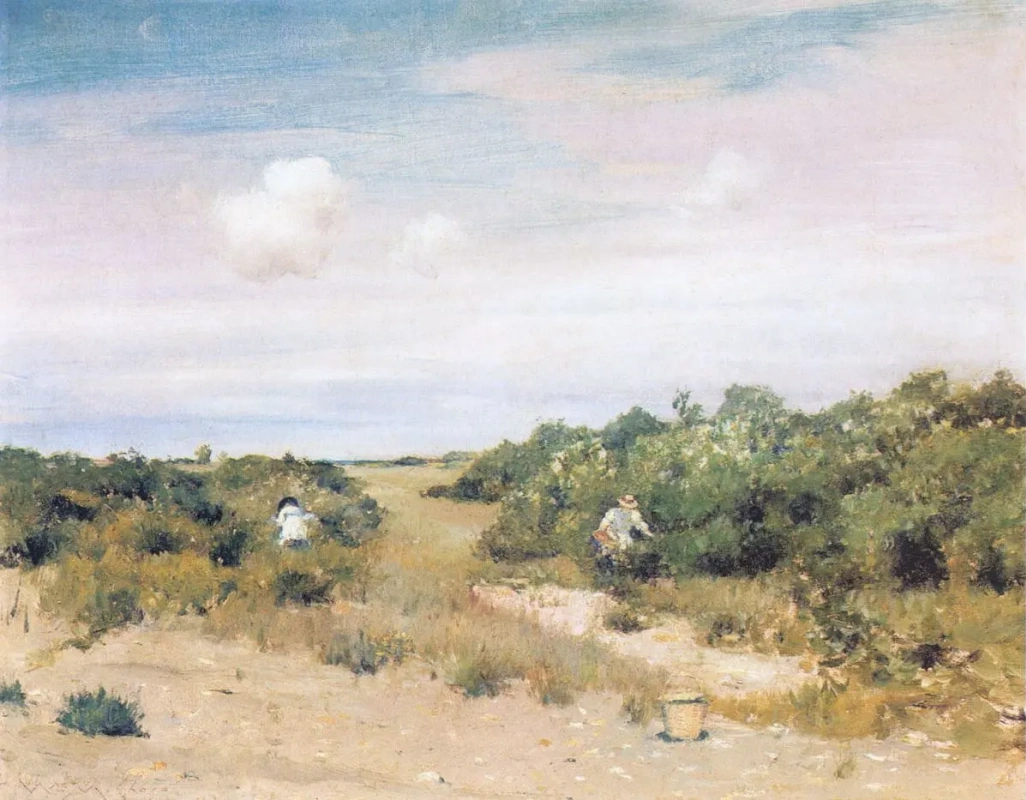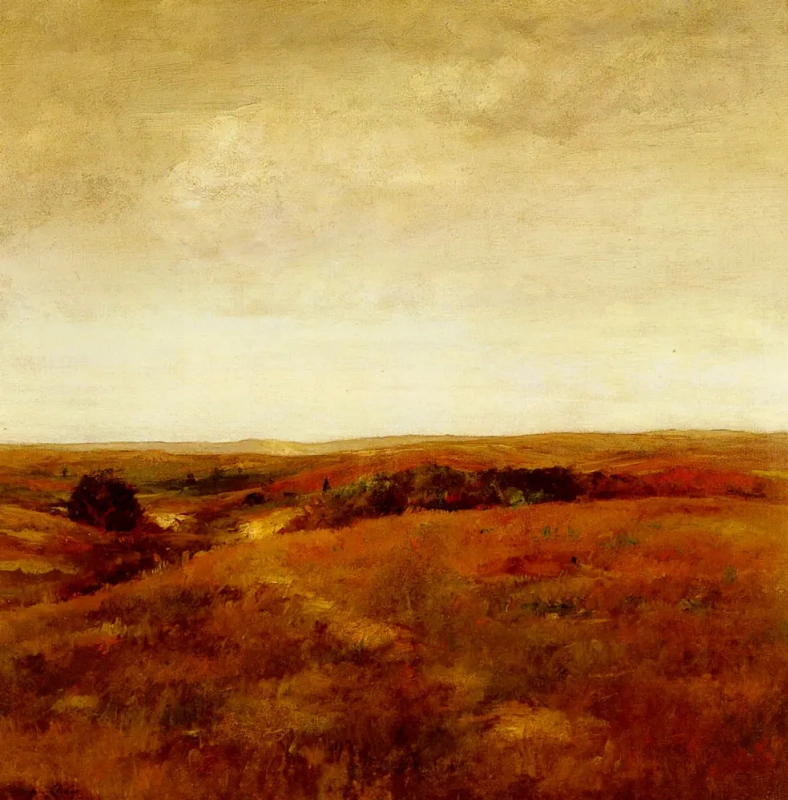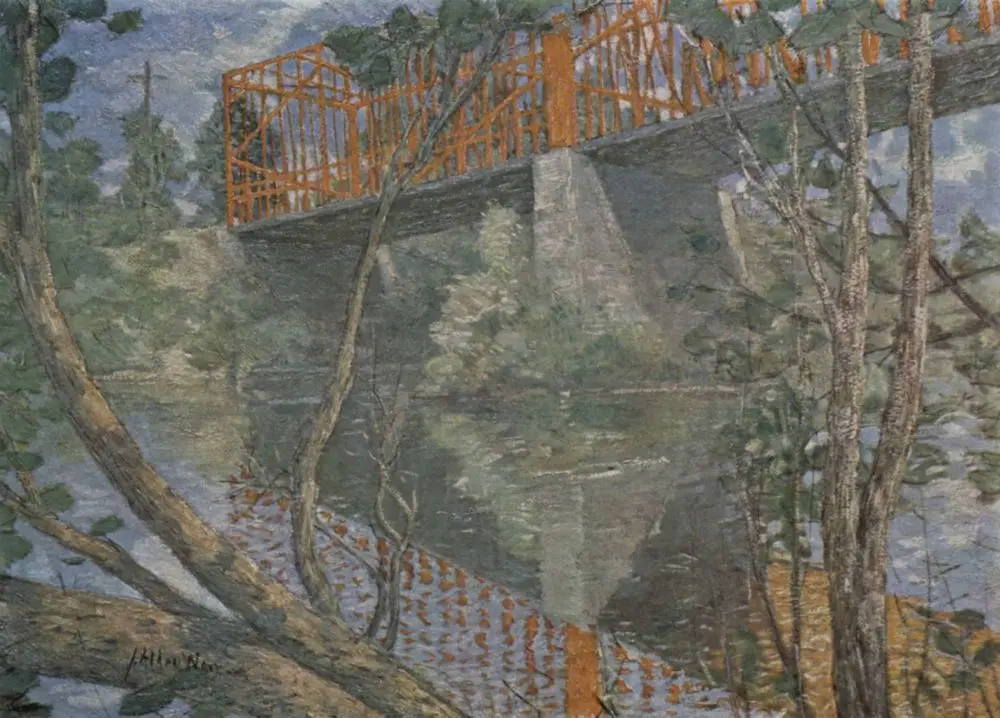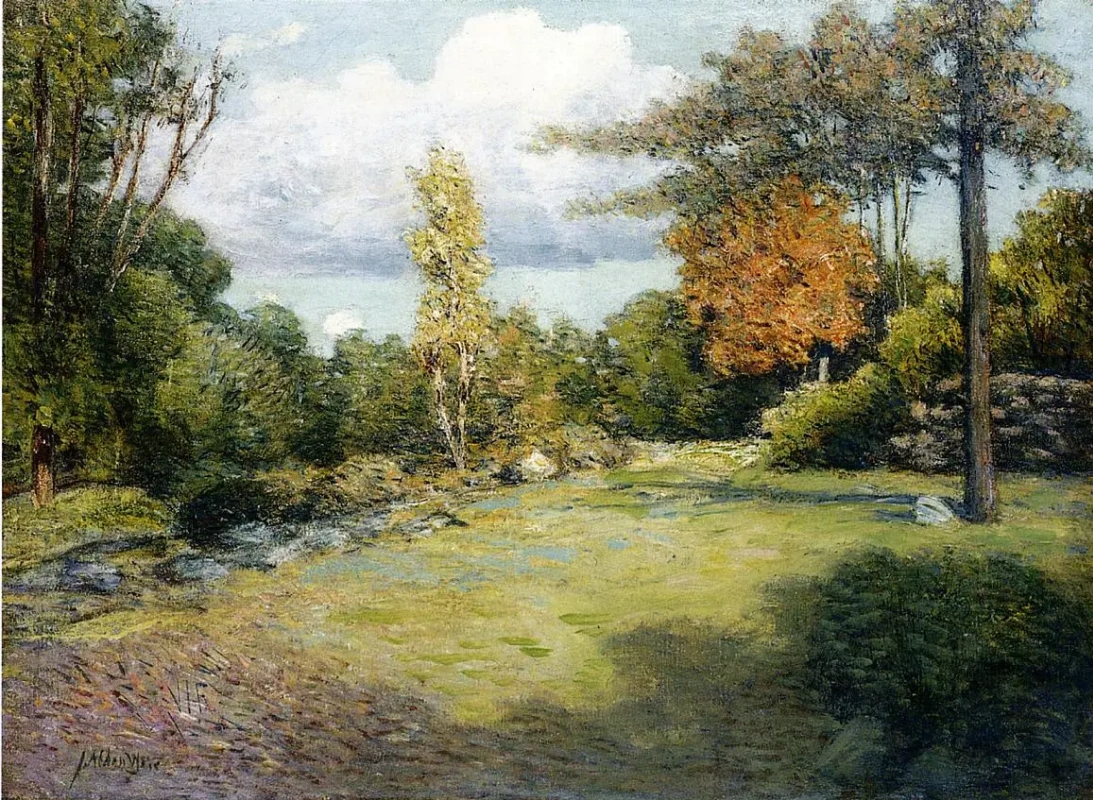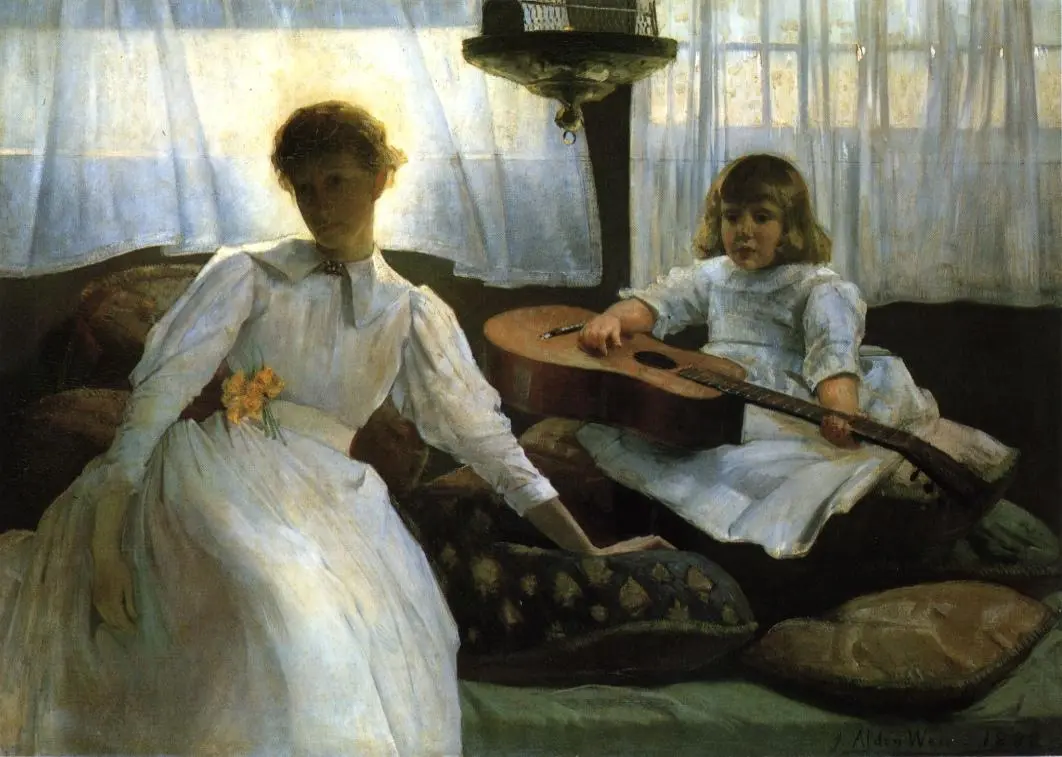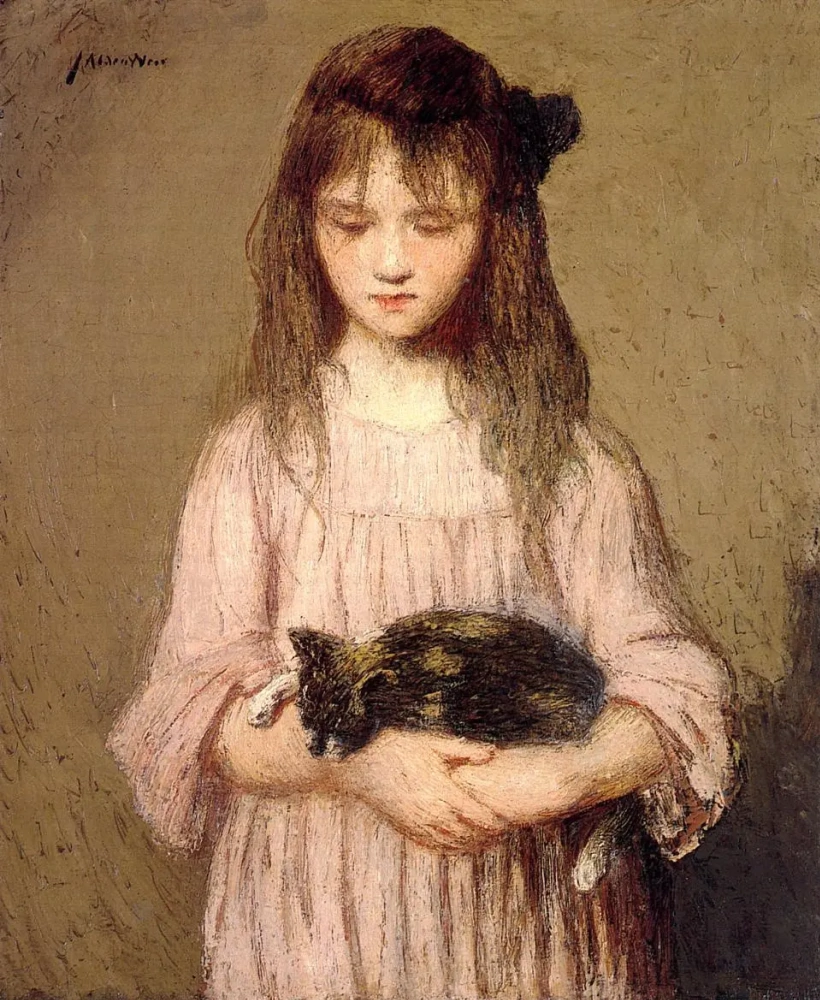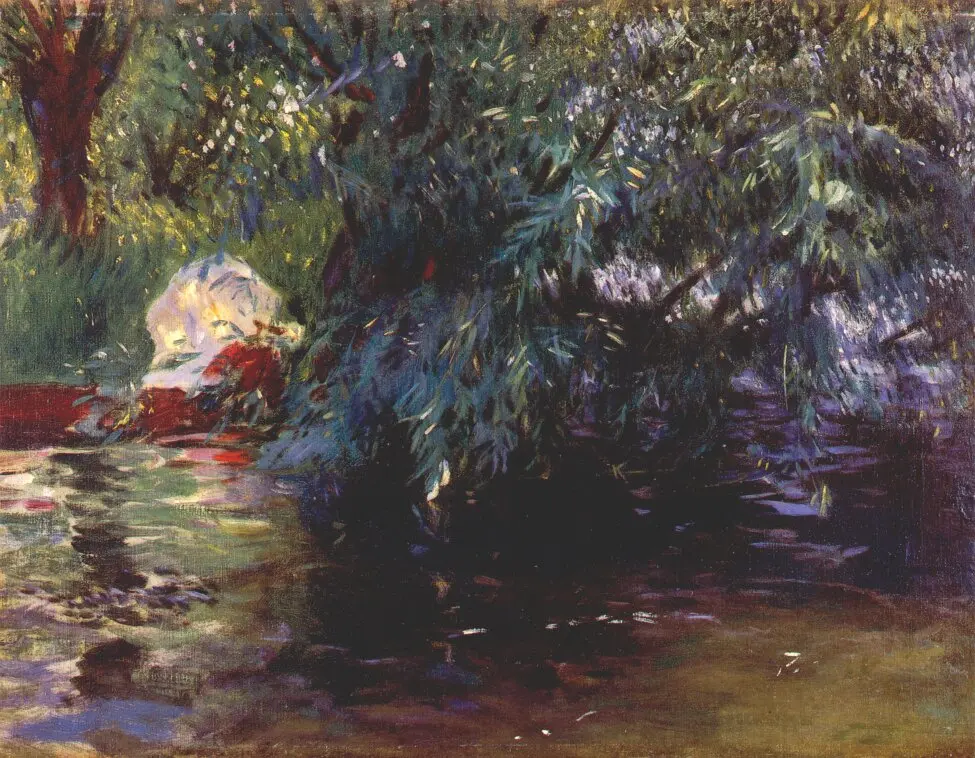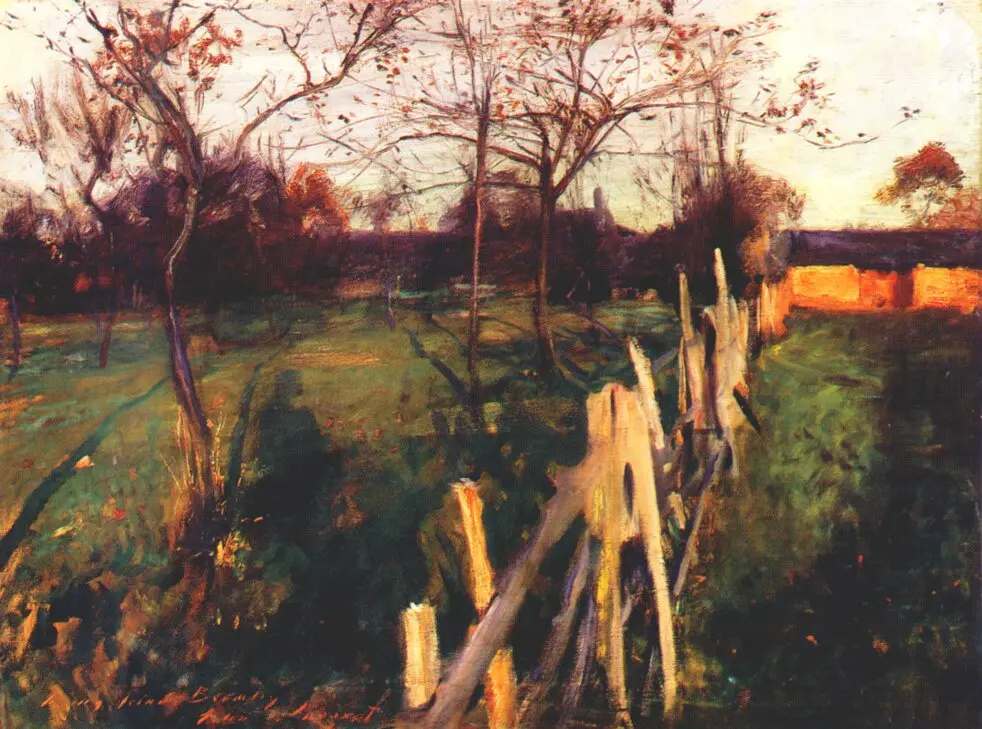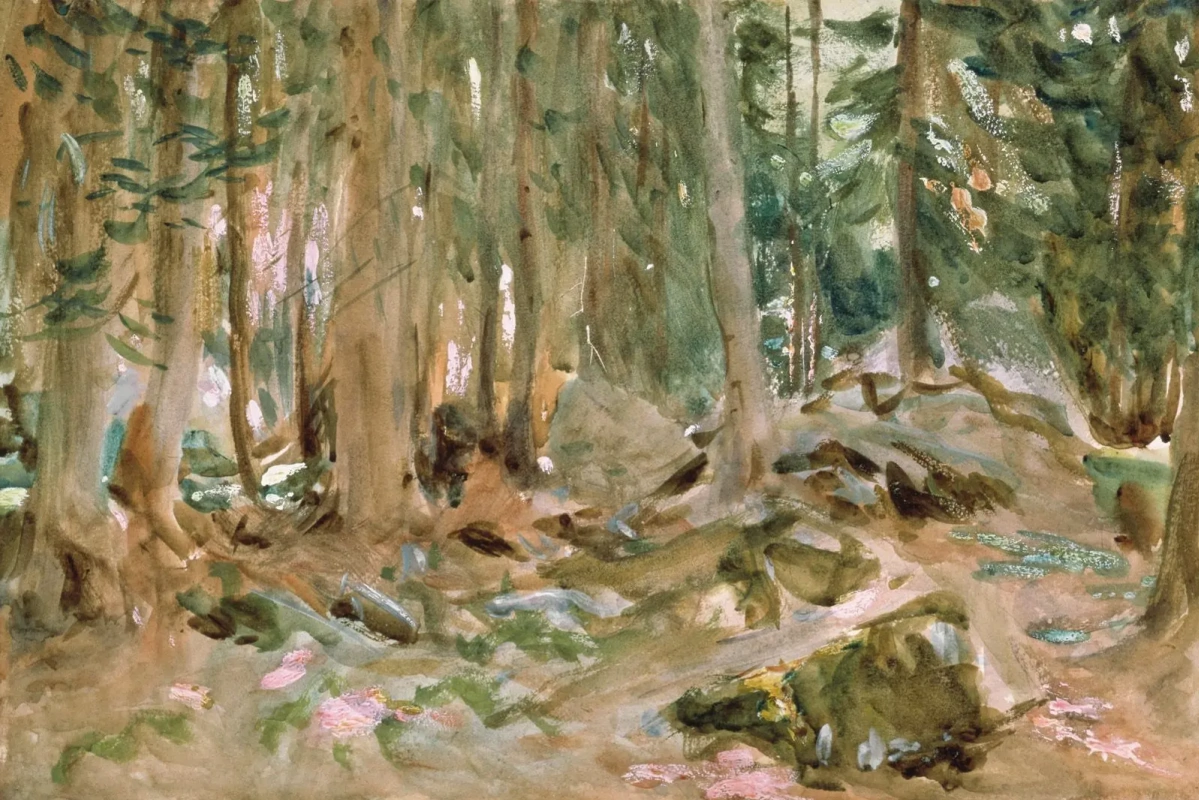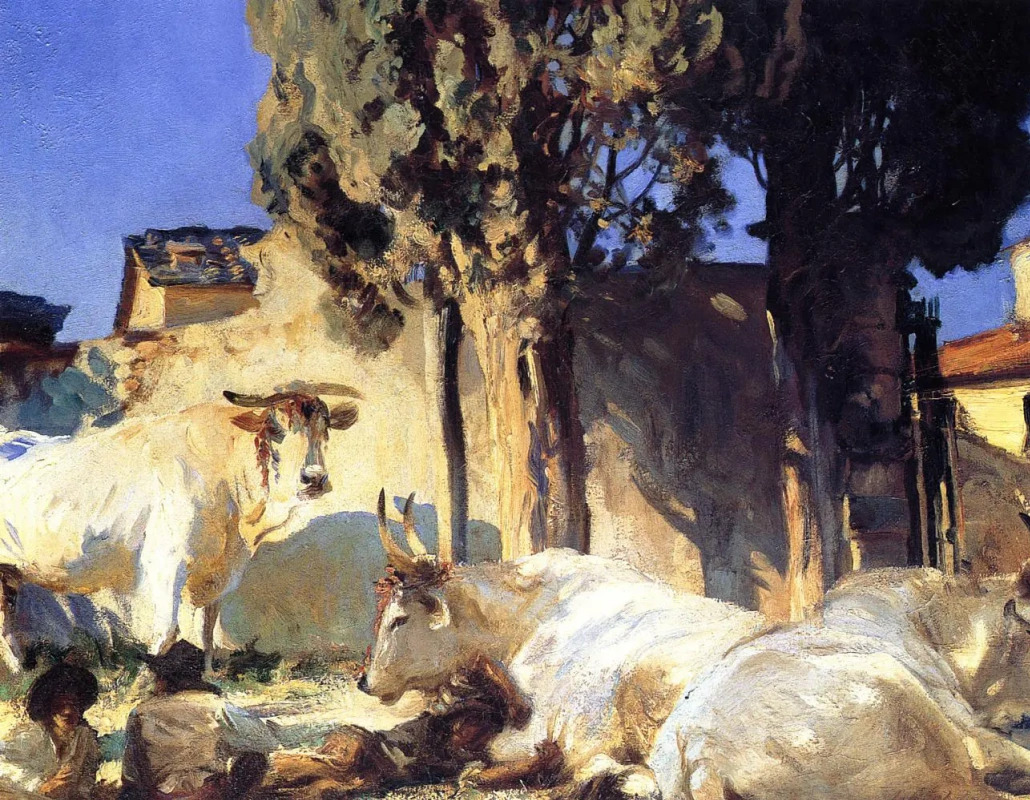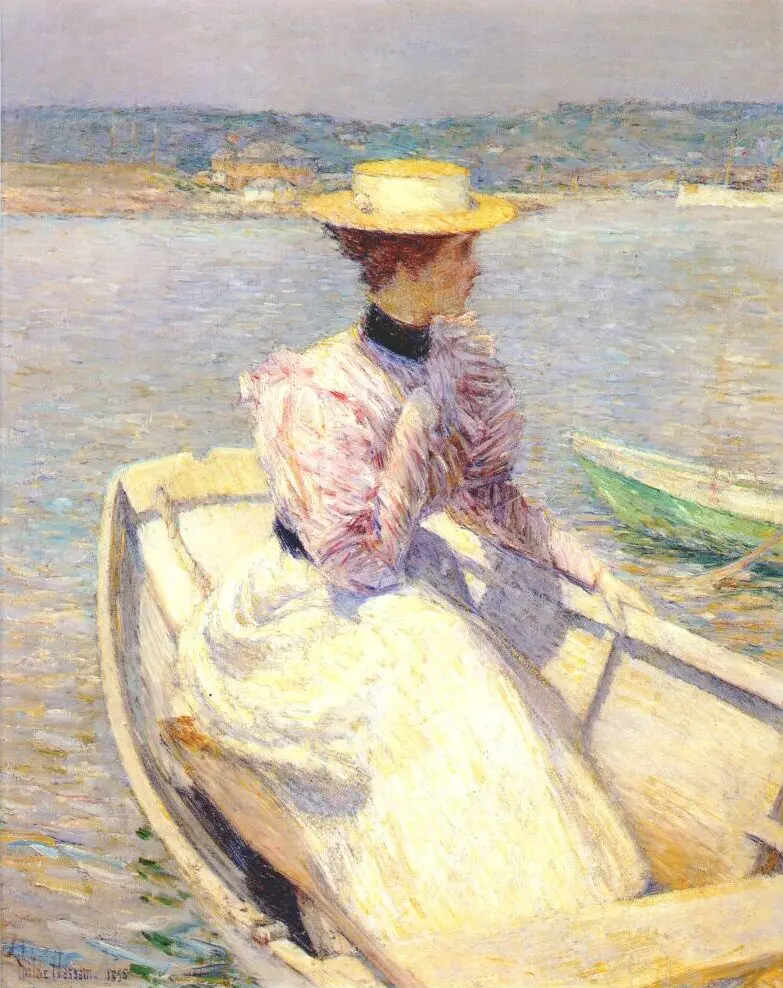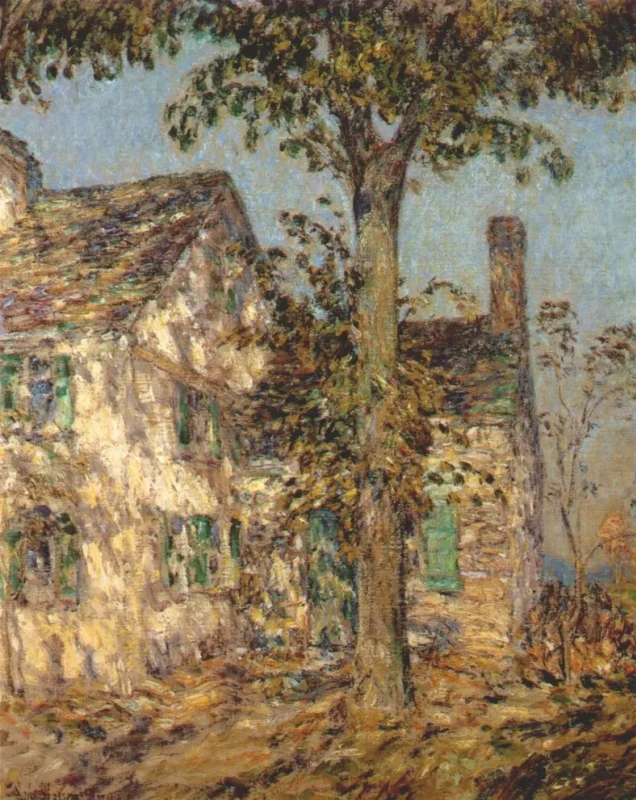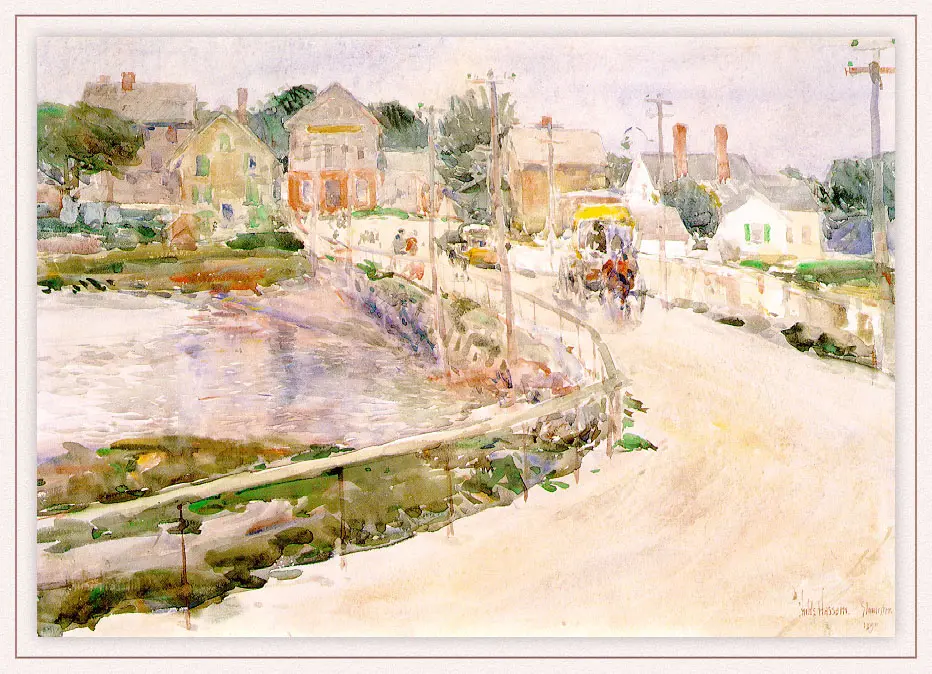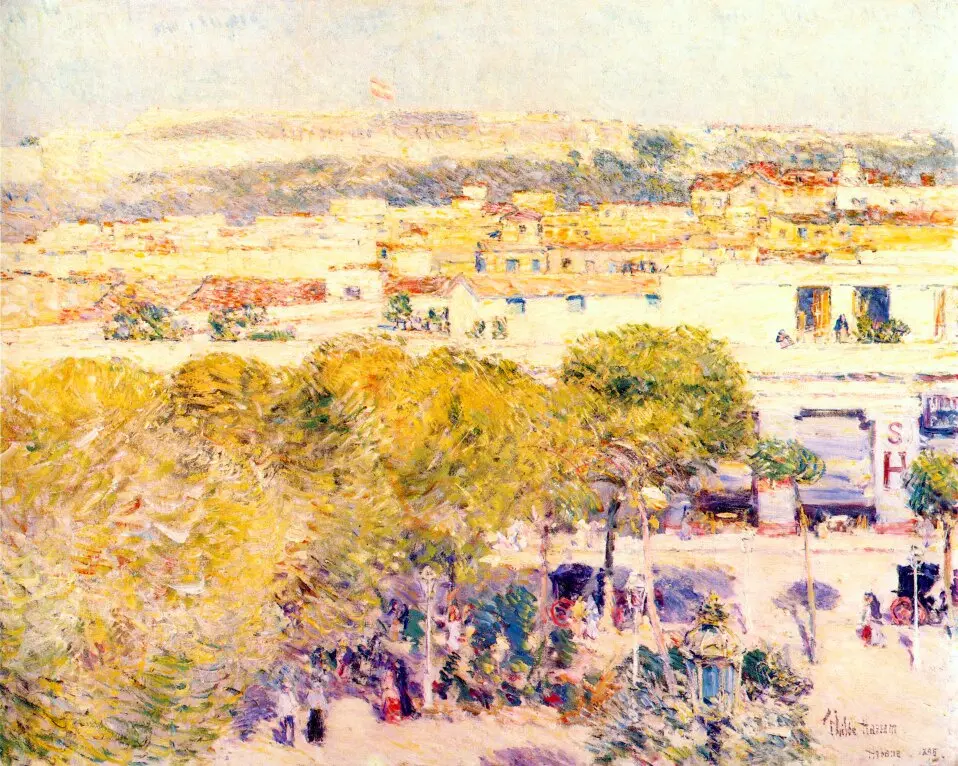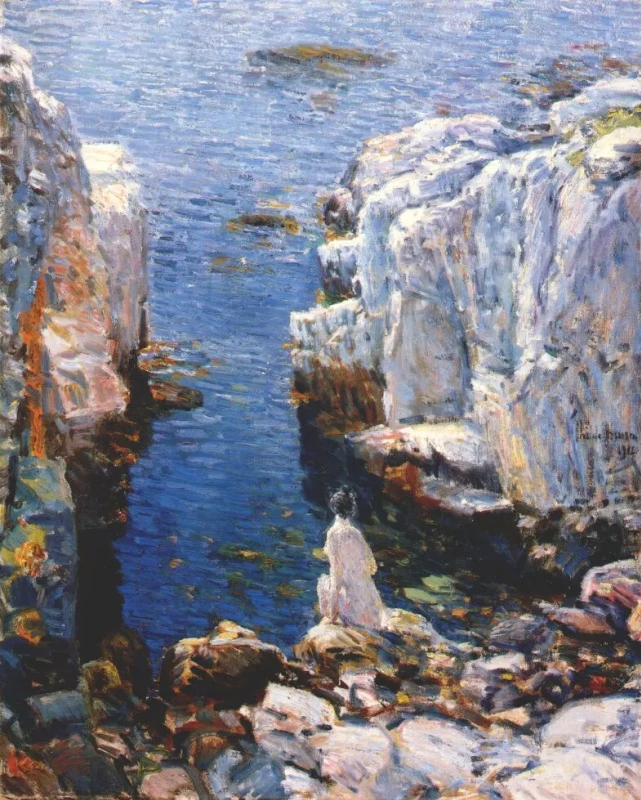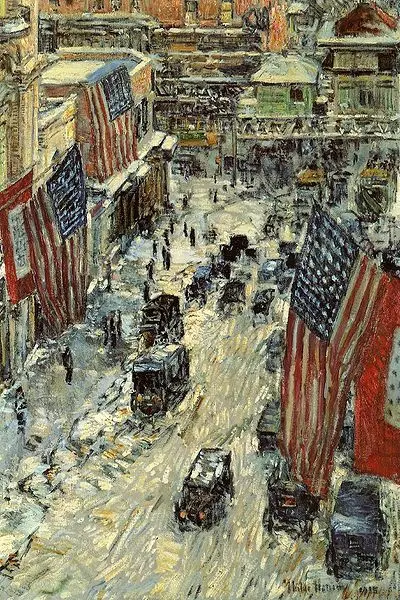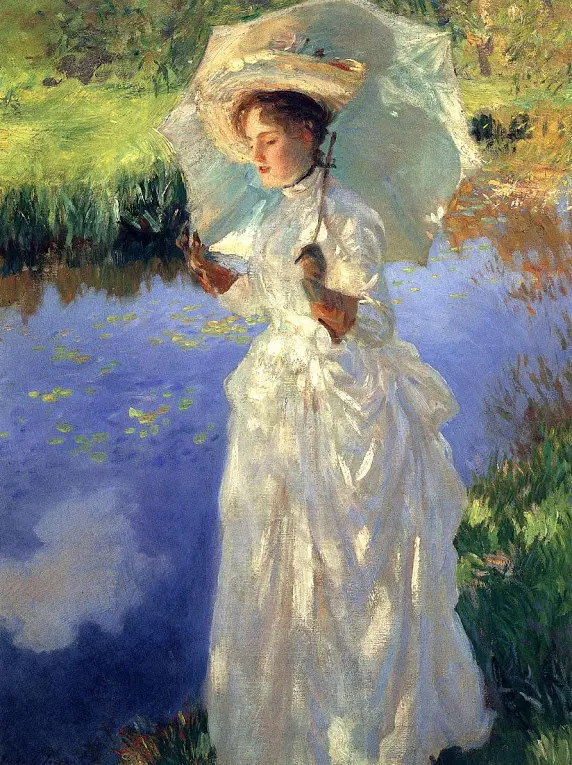
To Paris — for discoveries
The writer Henry James once said: "If you want to find American art, you will find it in Paris. And if you don’t find it, you will find many other things in Paris". American artists of the late 19th and early 20th centuries really ravaged the French capital. The need for European education was caused, first of all, by the fact that Americans felt a lack of academicism, methods and techniques of the classical school. Therefore, striving to master the academic basis, at first, they treated the avant-garde techniques of their colleagues with distrust, considering them simply amateurish.One way or another, every American painter dreamed of exhibiting in Parisian salons next to Monet and Renoir. Even during classes in Parisian art studios, it was difficult to refrain from impressionistic experiments.
Monet the teacher
American artists who visited the house of Claude Monet in North Normandy were the first to bring the "impressionism virus" in the United States. There, in the creative residence of Giverny in the Seine Valley, in 1886, the owner invited the painter John Sargent, the first of the Americans.Subsequently, the artists who visited the place founded the American analogue of Giverny in the state of Connecticut, calling it Old Lime. They were guided by the Claudian traditions, at the same time inheriting their predecessors, landscape painters from the Hudson River School, and the Frenchman Papa Corot. The core of American Impressionism was The Ten creative group, and its geographic centre were Boston and New York.
The winter fairy tale
John Henry Twachtman (1853—1902) was one of the leading representatives of The American Ten, teacher and painter who devoted himself mainly to painting American impressionistic landscapes. More than other seasons, Twachtman loved winter: there was much snow and ice-bound water on his canvases. Forming his own artistic style on the basis of impressionism, he tried to convey subtle changes in the state of nature.Having returned from Florence to his home Connecticut, the artist settled at the Holy House farm, in a house with a garden and a veg patch that he often depicted in his paintings. Soon, Twachtman’s friends artists began to gather here, turning the estate into an art commune.
The Iron Lady
To go up against the parents' will, who did not want to see their daughter as an artist, to rush to Paris to study painting, to make friends with the badass Degas and exhibit at Parisian salons?! The American Mary Cassatt (1844—1926) was capable of doing all these.It is a mistake to believe that the artist’s strong point was only feminine portraits of mothers with children. Cassatt, not having children of her own, however, did indeed create many paintings with plump nephews. But the artist, first of all, placed the woman’s intellectual principle at the head of her creativity, which tangibly comes to the fore in her paintings The Reading Woman, Tea, Autumn.
Lucky Chase
Another founder of American Impressionism , William Merritt Chase (1849—1916), was fortunate enough to gain recognition from both art connoisseurs and art critics. It is hard to believe that this self-taught artist from Indiana, who worked in his father’s shop for a long time, became the head of the Society of American Artists and taught at the National Academy of Design many years later. By the way, Edward Hopper himself was among his students!The artist used the free brushstroke technique and pastel colours, combining realism and impressionism. He skilfully transformed ordinary travel scenes into pacifying landscapes with clear skies and simple panoramas, creating a romantic mood.
Connecticut with an oriental flavour
The life of Julian Alden Weir (1852—1919) was turned dramatically by the paintings of the French Impressionists he had seen at an exhibition in New York, among which were paintings by Édouard Manet, which inspired the American to his first experiments in this genre. The surroundings of his farm in Connecticut became the nature for impressionistic landscape painting. At the same time, Weir continued painting portraits and floral still lifes, he was interested in graphics. By the way, later the artist enhanced his technique with the elements of Japanese colour graphics.Sargent’s “Prayer”
John Singer Sargent (1856—1925) was an outstanding American portrait painter, whose work is often considered Impressionism , despite his inheritance of Velázquez and Van Dyck. After all, Sargent was the first to be invited to Giverny by Claude Monet; in turn, he painted Monet working at the edge of the forest.
The greatest Sargent’s discovery in Impressionism was colour, the transmission of shadows and reflections, as well as plein air work, which he indulged in with great passion during his "summer holidays", when he had a rest from orders in picturesque corners of the world.
Urban Impressionism
Being a child, Frederick Childe Hassam (1859—1935) was firmly convinced of his artistic future. Therefore, the young watercolourist and draftsman dropped out of school and started working with woodcut , illustrating a number of American magazines. Tired of graphics, Hassam set off to paint Boston and its environs in a then naturalistic manner.Fifth Avenue and Washington Square — unlike his colleagues and contemporaries, who glorified nature in their pictures, Hassam preferred immersion in the accelerated heart rate of metropolitan areas, especially Boston and New York. His cityscapes met a ready market. In 1916, the artist began a series of canvases depicting flags of different countries.







